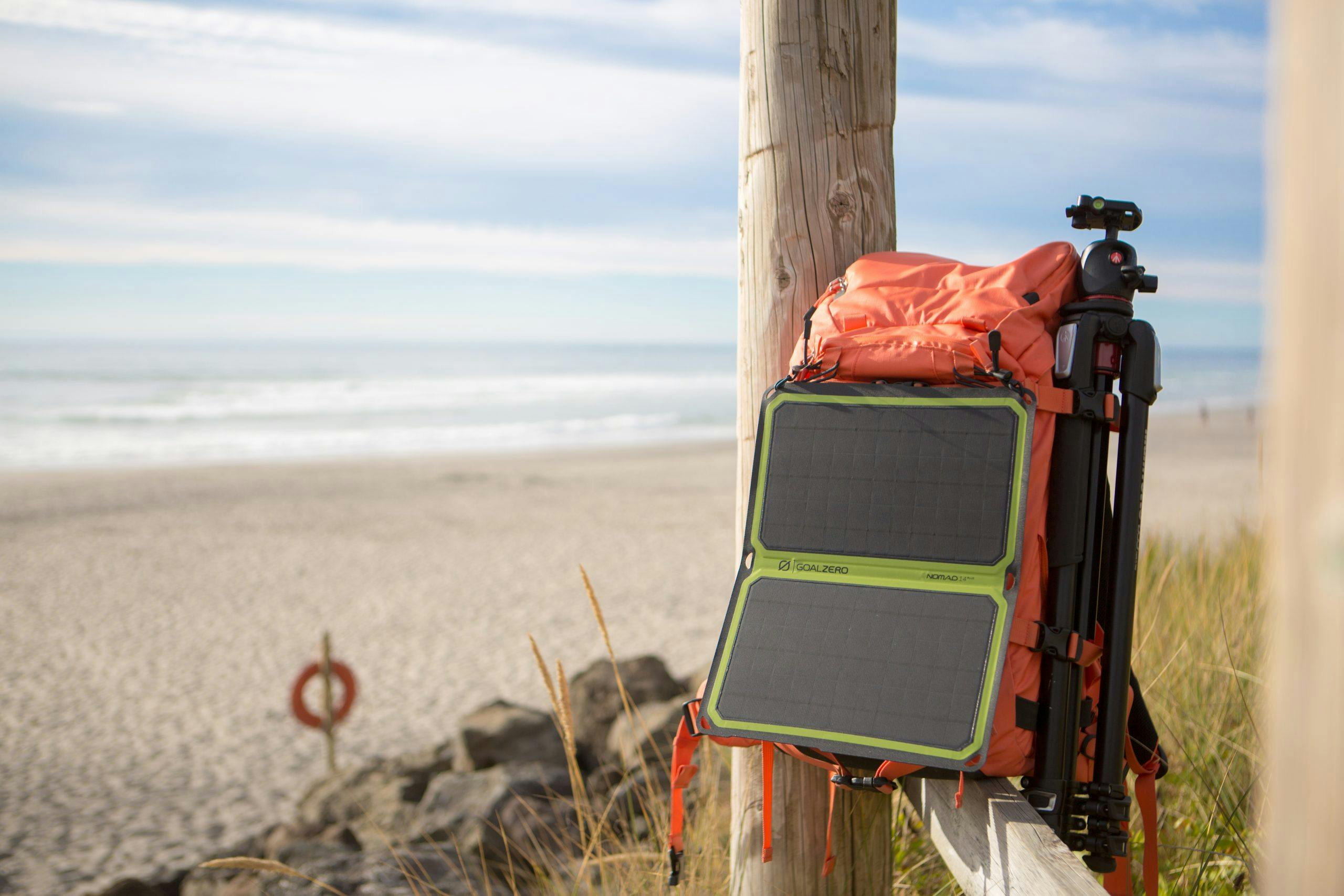On paper, solar technology seems a practical solution for your tramping energy needs. Matthew Cattin investigates whether it’s worth its weight or if it’s just hot air.
While many hit the hills to escape technology, for some it’s an integral part of tramping.
Mobile phones in particular have found firm footing in the backcountry as they’ve advanced enough to replace cameras, navigational tools, emergency comms and books.
But, at the end of the day, they’re only as good as their battery life.
Solar chargers seem the perfect solution for outdoor energy, but while the sun’s power is unlimited, harnessing it has its limitations.
Liam Riles, marketing executive of Wanaka-based outdoor gear distributor Solis, says portable solar technology has come a long way in recent years.
“Ten years ago, solar panels were a bit Mickey Mouse, but they’re good enough now that they’re worth getting,” he says.
They aren’t, however, suitable for every tramper.
“I’d recommend buying a battery pack first before reaching for a solar panel,” Riles says.
“Solar is impractical in terms of weight and capacity if you’re only out for a day or a weekend. But if you’re out for a week, it becomes really handy.”
Which watt?
The output capacity of a solar panel is measured in wattage, and the higher the wattage, the more electricity can be generated. A 7W panel should suffice for most smartphones, but a higher capacity device will be required for more power-hungry tech like a camera battery.
Lower wattage panels may still be able to charge your electronics, but at frustratingly slow speeds.
Weather conditions are another important factor to consider. How much daylight will you have for charging when you arrive at your hut or campsite? Is the forecast clear, or should you expect cloudy conditions?
“Even though the solar power might be rated as 100W on a panel, that’s in laboratory conditions with perfect light, moisture and atmospheric conditions,” Riles says.
“You might get closer to 70 per cent efficiency, or on a cloudy day, 40 per cent.”
Panel size – or surface area – also matters. A smaller panel will be lighter in the pack, but you’ll pay for it in the time spent charging your devices.
Solar in use
When used incorrectly, solar panels will at best work less efficiently. At worst, they may get damaged.
“Most solar panels will have a kickstand, not just to be at 45 degrees to track the angle of the sun, but to keep them off the ground,” Riles says.
“Being black, they absorb heat as well as UV, so they are best to be propped up, with enough airflow to keep them cool. If they lay on the ground with no ventilation, they can be damaged.”
If panels are not in direct sunlight, performance can be diminished. “If there is a tree branch shadow over one part of the panel, output can be greatly reduced,” Riles says.
“It’s more than you would think. If you put your thumb in one corner, efficiency can go down a lot.”
Riles says it’s more efficient to use a solar panel to charge a power bank instead of your device, as they are better at dealing with variations in voltage.








